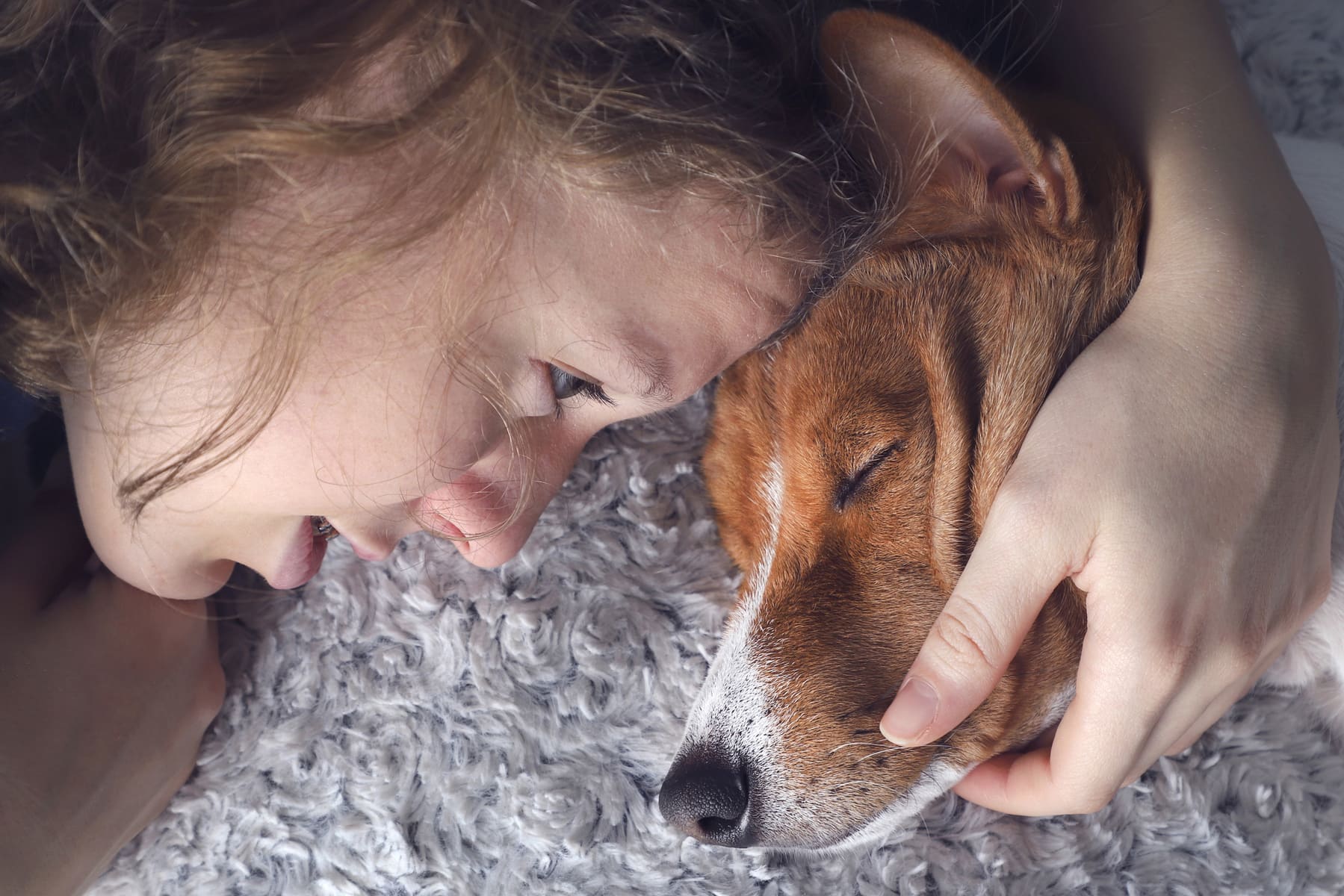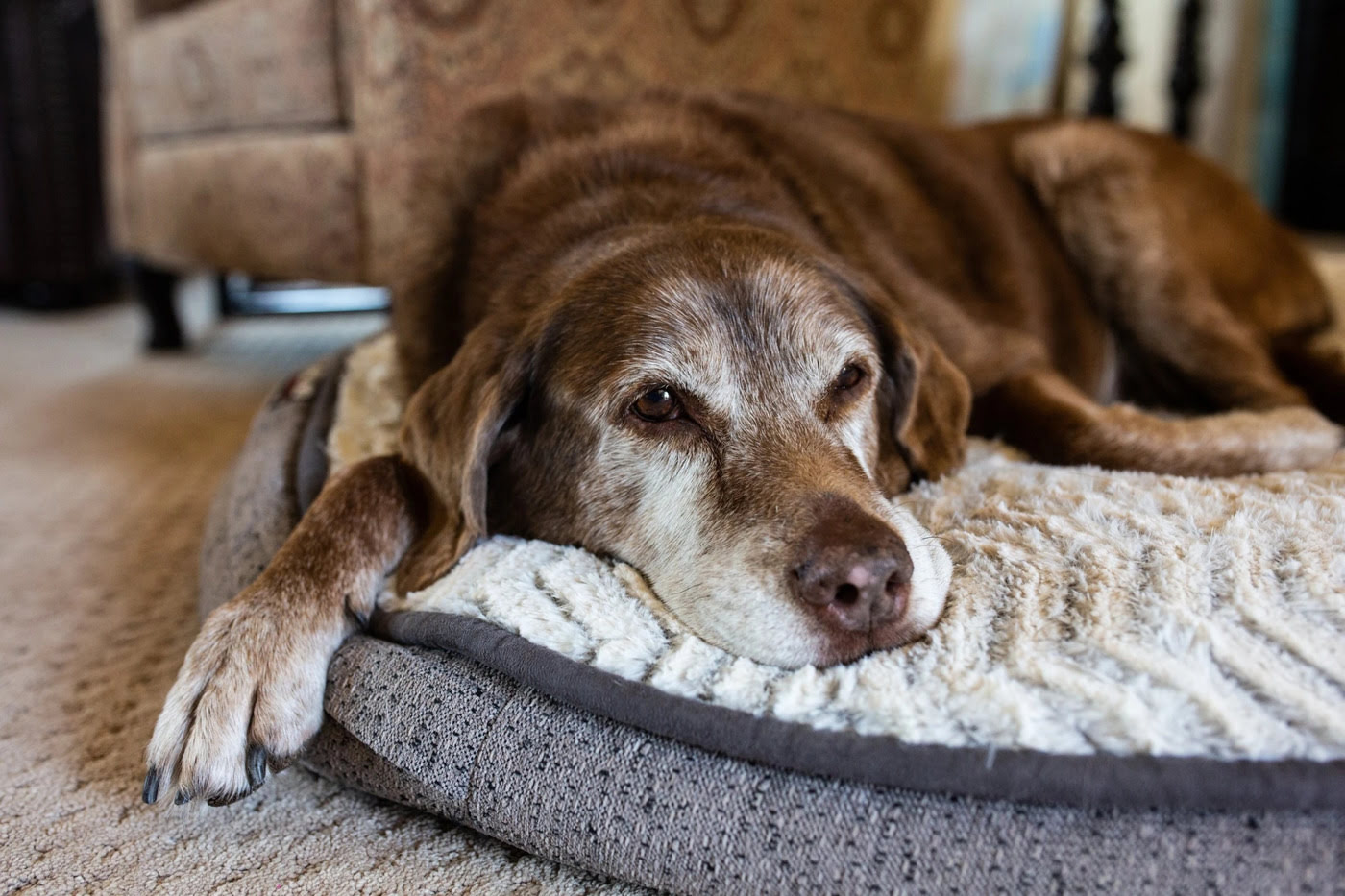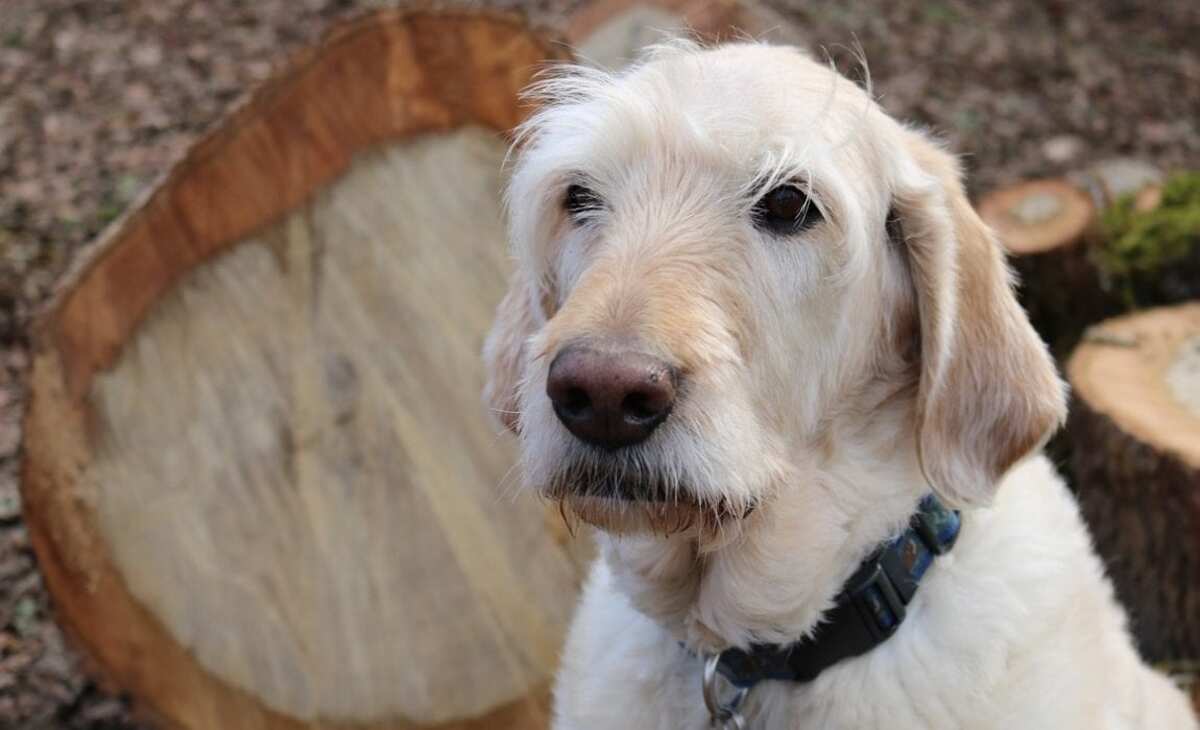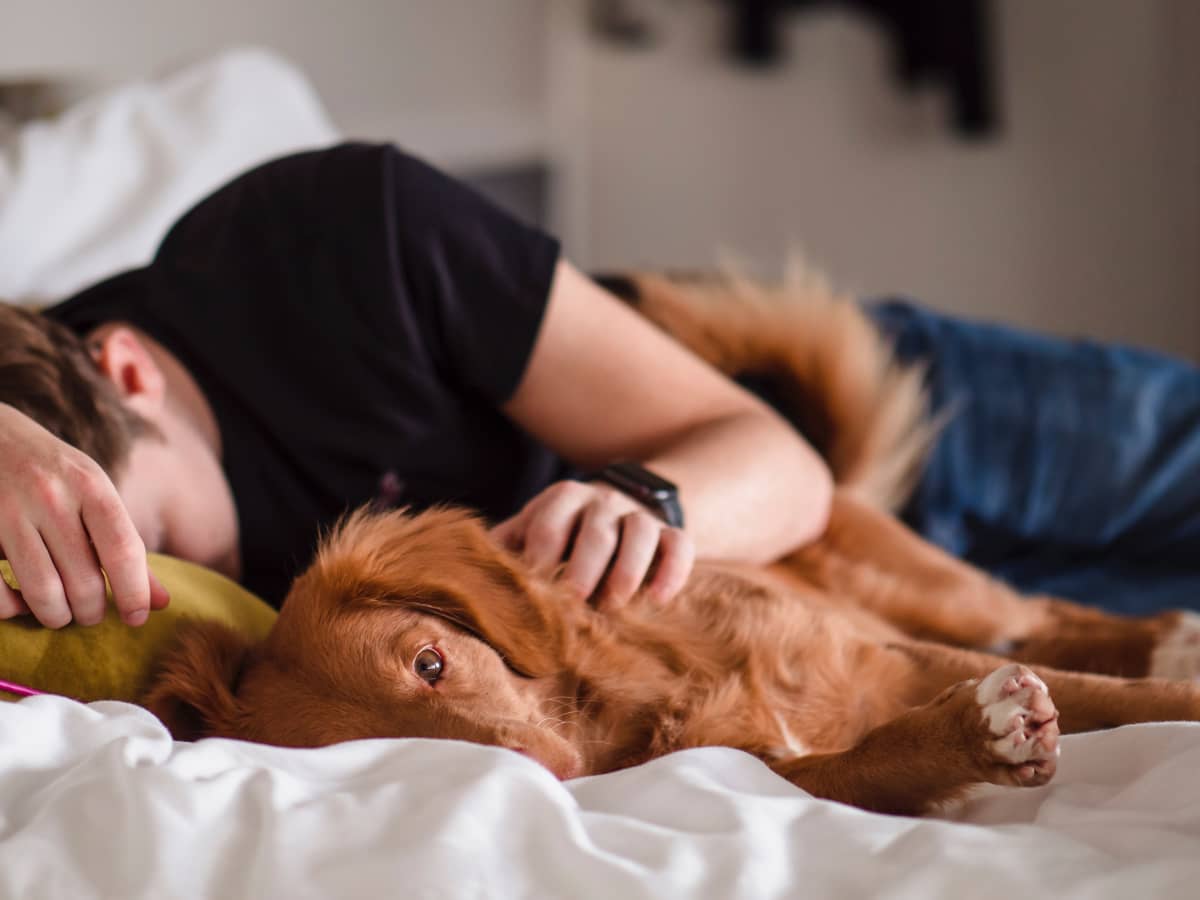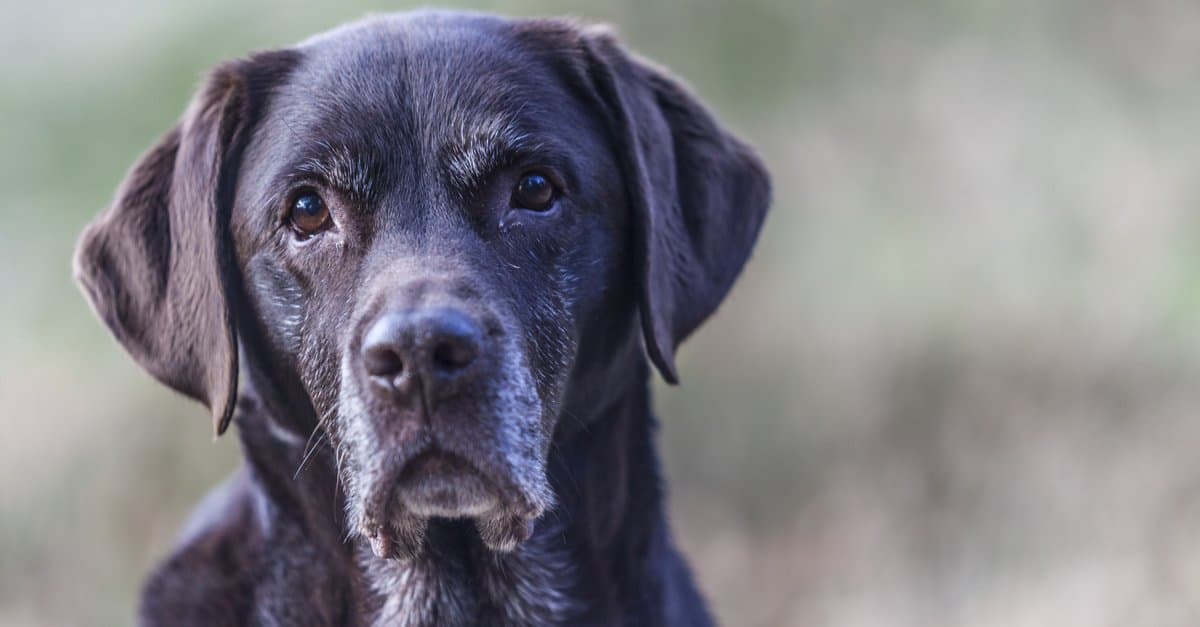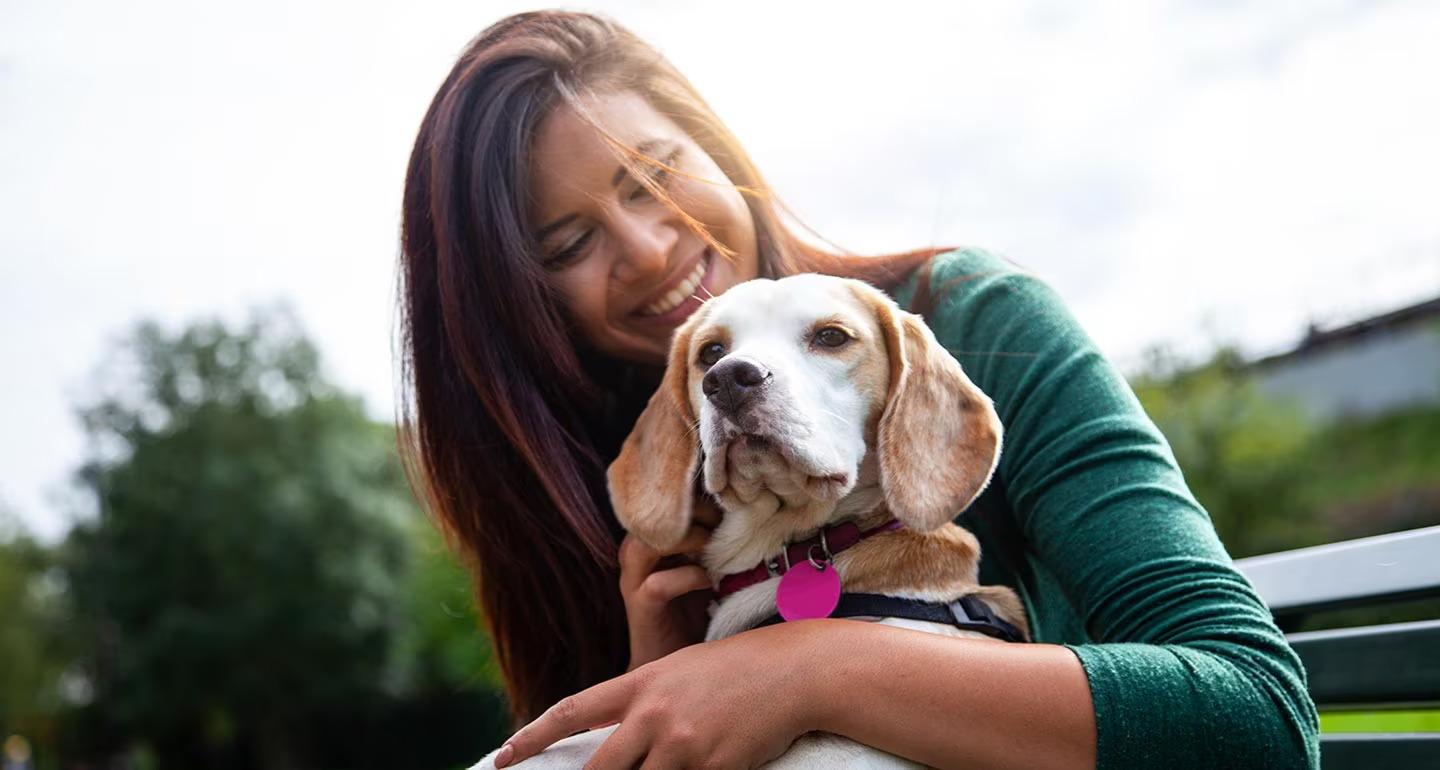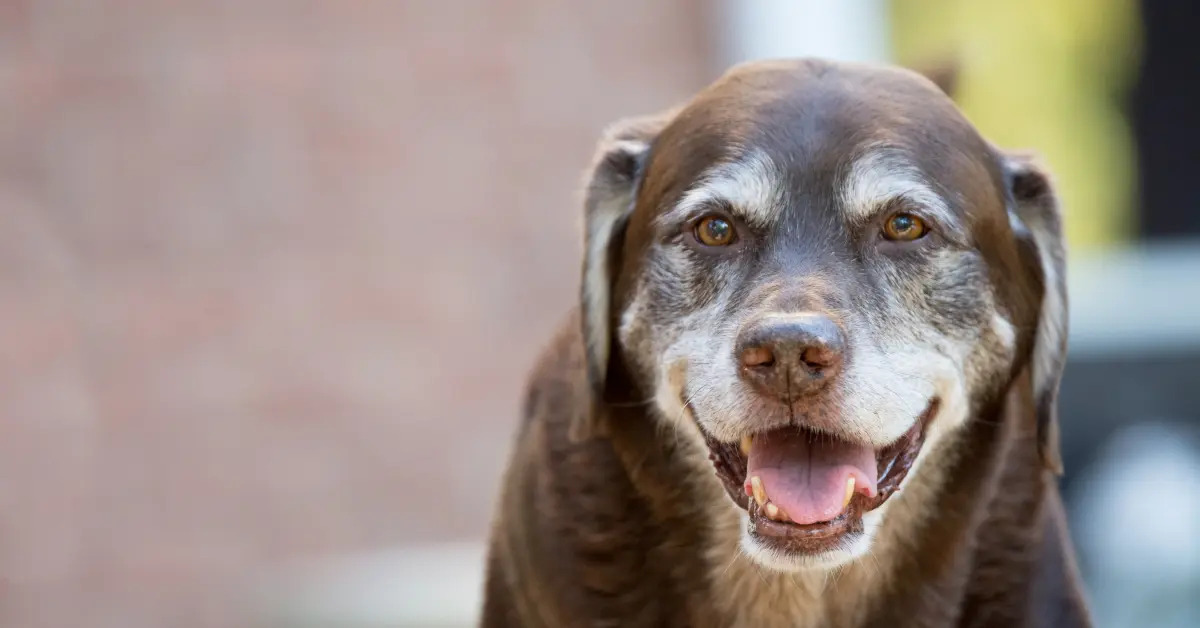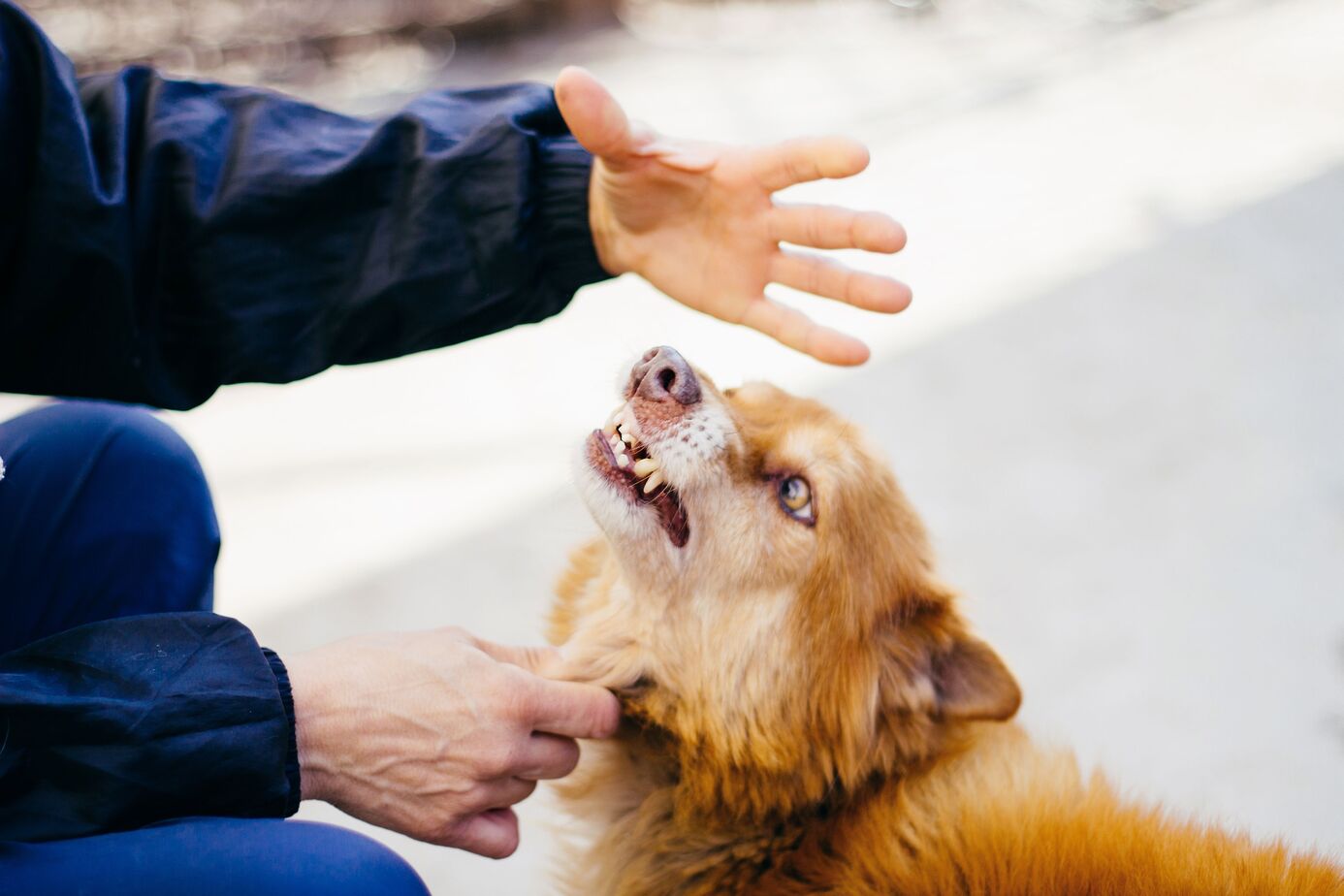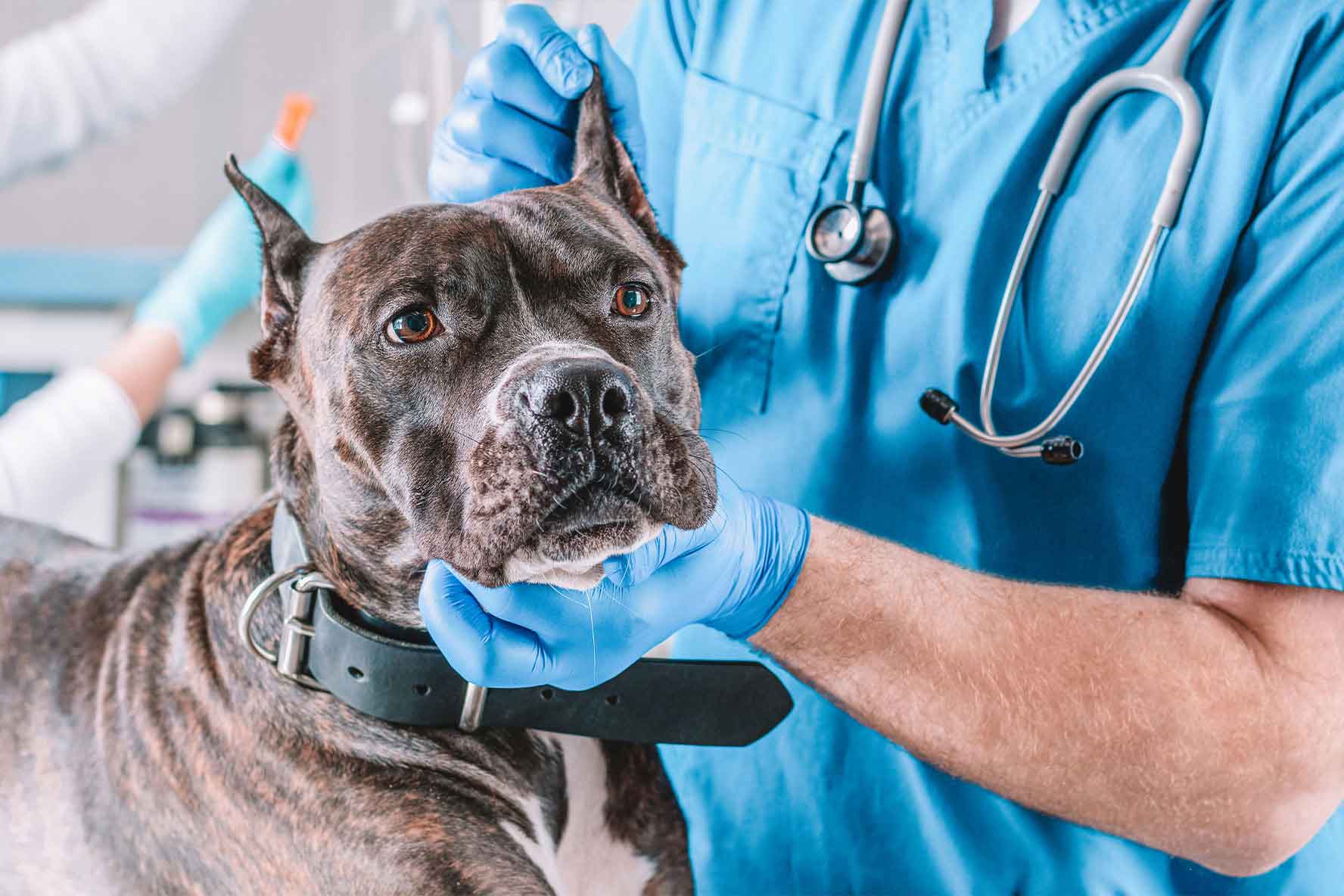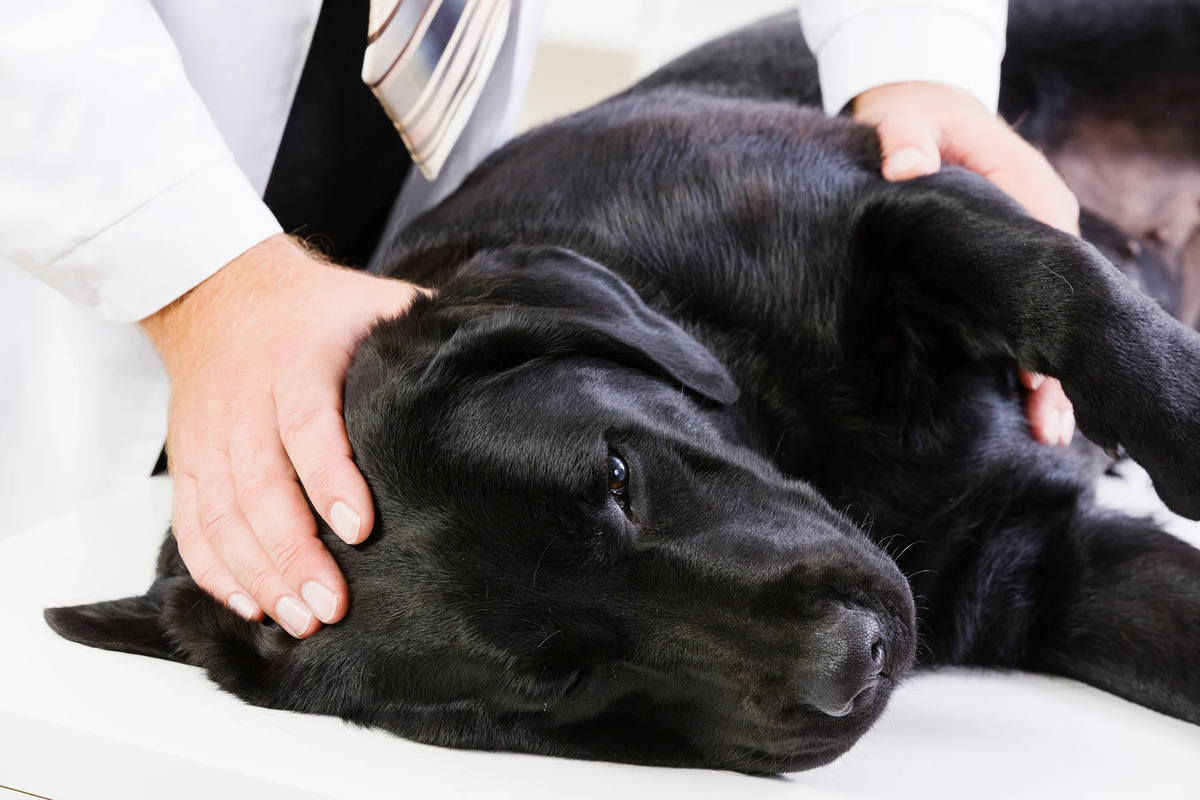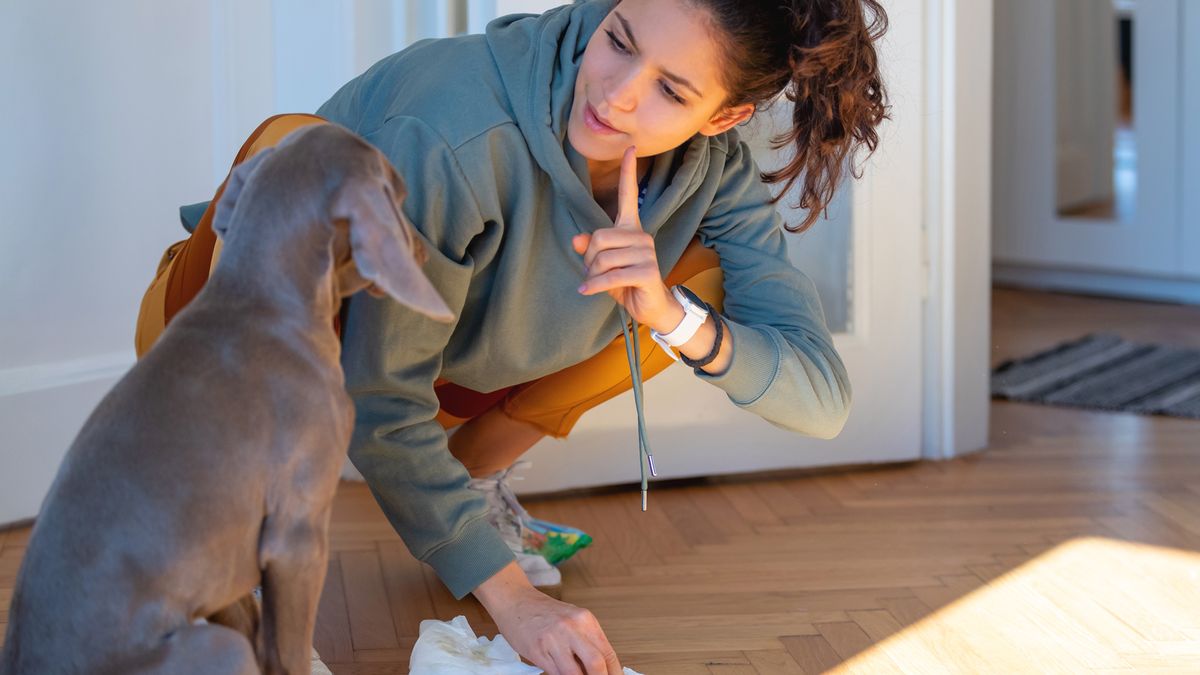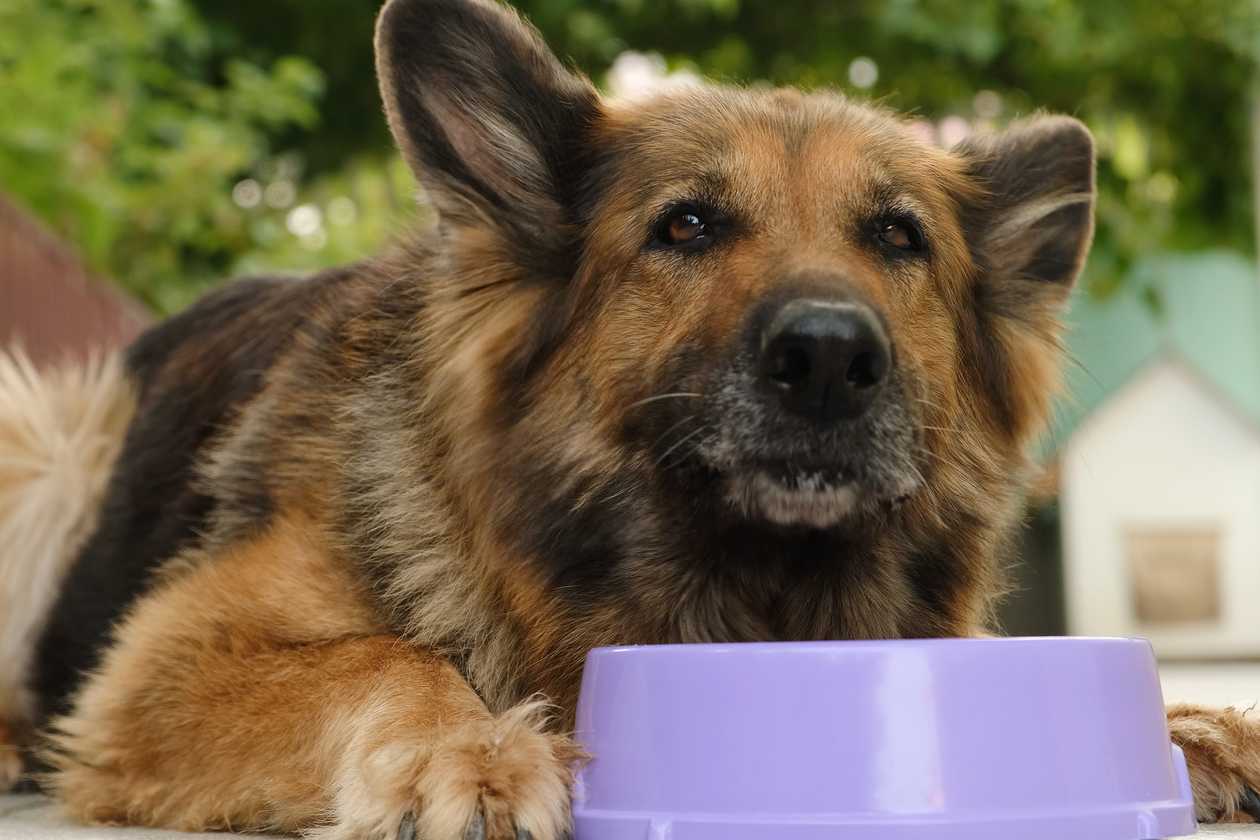Home>Health & Wellness>Behavior & Cognitive Care>How To Bathe A Senior Dog
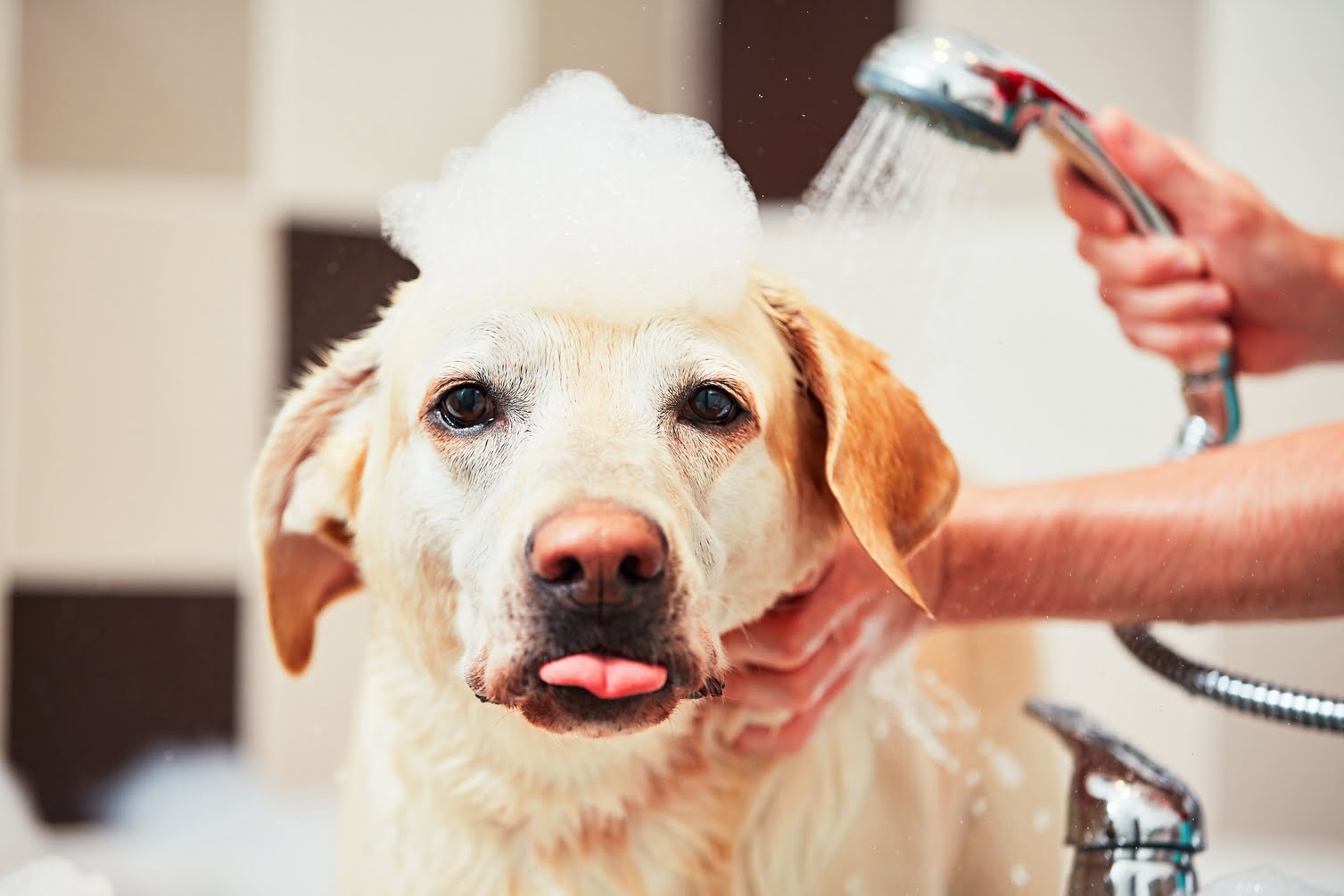

Behavior & Cognitive Care
How To Bathe A Senior Dog
Published: February 1, 2024
Learn the best techniques for bathing a senior dog and providing proper behavior and cognitive care. Keep your older pup feeling fresh and comfortable.
(Many of the links in this article redirect to a specific reviewed product. Your purchase of these products through affiliate links helps to generate commission for Pawsomeoldies.com, at no extra cost. Learn more)
Table of Contents
Introduction
Bathing a senior dog is an essential aspect of their overall care and well-being. As dogs age, they may encounter various health and mobility challenges, making the bathing process more delicate and requiring special attention. Understanding the unique needs of senior dogs and how to adapt the bathing routine to accommodate these needs is crucial for maintaining their comfort and hygiene.
Senior dogs often experience changes in their skin and coat, such as dryness, thinning, or the development of sensitive areas. Additionally, they may have joint stiffness or arthritis, which can affect their mobility and make it challenging for them to stand for extended periods. These factors necessitate a gentle and considerate approach to bathing, ensuring that the experience is as stress-free and comfortable as possible for the senior dog.
By tailoring the bathing process to suit the specific requirements of senior dogs, caregivers can promote their well-being and strengthen the bond between themselves and their furry companions. This article will provide comprehensive guidance on how to bathe a senior dog, covering the necessary preparations, the bathing process itself, as well as drying and grooming techniques tailored to the unique needs of senior canine companions.
Understanding the importance of adapting the bathing routine for senior dogs is the first step toward ensuring their continued health and happiness. With the right knowledge and approach, caregivers can transform the bathing experience into a positive and beneficial activity for their senior canine friends. Let's delve into the details of preparing for and executing a gentle and effective bathing process for senior dogs, ensuring that they receive the care and attention they deserve.
Read more: How Often To Bathe A Dog With Fleas
Preparing for the Bath
Before initiating the bathing process for a senior dog, it is crucial to make thorough preparations to ensure a smooth and comfortable experience for the canine companion. These preparations encompass creating a safe and calming environment, gathering the necessary bathing supplies, and addressing any specific considerations related to the dog's health and mobility.
Creating a Calm Environment
Senior dogs, especially those experiencing age-related conditions, may be more sensitive to their surroundings. Therefore, it is essential to prepare a calm and secure bathing environment to alleviate any potential stress or anxiety. Select a warm and draft-free area for the bath, such as a bathroom or a dedicated bathing space, and ensure that the temperature is comfortable for the dog. Minimizing noise and distractions can further contribute to a tranquil atmosphere, promoting a sense of security for the senior dog.
Gathering Bathing Supplies
Assembling the required bathing supplies in advance is a key aspect of preparing for the bath. This includes mild dog shampoo suitable for senior dogs, soft towels, a non-slip mat to provide stability, and a handheld sprayer or a large cup for gentle rinsing. Additionally, having a brush or comb on hand for post-bath grooming can help maintain the dog's coat and address any tangles or mats that may have developed.
Addressing Health and Mobility Considerations
Senior dogs may have specific health conditions or mobility limitations that require special attention during the bathing process. For instance, dogs with arthritis or joint stiffness may benefit from a non-slip mat to prevent slipping in the bathing area. Caregivers should also consider the dog's comfort when standing for an extended period and may opt to use a supportive harness or provide a raised platform to ease the strain on the dog's joints.
By taking these preparatory measures, caregivers can create an environment conducive to a positive bathing experience for their senior dogs. These considerations not only contribute to the dog's physical comfort but also promote a sense of security and well-being, fostering a trusting and cooperative attitude as the bathing process unfolds.
Read more: What Is A Good Bath For A Dog With Arthritis
Bathing Process
The bathing process for a senior dog requires a gentle and methodical approach to ensure their comfort and well-being. Caregivers should proceed with patience and attentiveness, considering the unique needs of senior dogs throughout the entire bathing process.
Step 1: Pre-Bath Brushing
Before the bath, it is beneficial to gently brush the senior dog's coat to remove any loose fur, tangles, or mats. This not only helps in maintaining the coat's condition but also prevents the formation of mats during the bath, making the process more comfortable for the dog.
Step 2: Wetting the Dog
When wetting the dog, it is essential to use lukewarm water to avoid shocking their sensitive skin. Starting from the back and working towards the head, caregivers should use a handheld sprayer or a large cup to wet the dog's coat gradually. This gradual approach can help the dog acclimate to the water and minimize any discomfort.
Step 3: Applying Shampoo
Caregivers should use a mild, senior-dog-specific shampoo to lather the dog's coat gently. It is important to avoid getting shampoo in the dog's eyes, ears, or mouth, as these areas are particularly sensitive. Additionally, focusing on massaging the shampoo into the coat can provide a soothing experience for the senior dog.
Read more: How To Exercise Your Senior Dog
Step 4: Rinsing Thoroughly
Thorough rinsing is crucial to ensure that no shampoo residue remains on the dog's skin, which can cause irritation. Using the handheld sprayer or a large cup, caregivers should rinse the dog's coat thoroughly, paying close attention to areas where shampoo may have accumulated, such as under the legs and around the neck.
Step 5: Drying the Dog
After the bath, the senior dog should be dried using soft towels, gently patting the coat to remove excess water. Care should be taken to avoid vigorous rubbing, as this can cause discomfort or tangle the coat. If the dog is amenable, a low-heat setting on a pet-specific hairdryer can be used, maintaining a safe distance to prevent overheating.
Step 6: Post-Bath Grooming
Once the dog is dry, caregivers can proceed with gentle post-bath grooming, using a brush or comb to detangle the coat and remove any remaining loose fur. This step not only maintains the dog's coat in good condition but also provides an opportunity for bonding and reassurance after the bathing process.
By following these steps and adapting the bathing process to the specific needs of senior dogs, caregivers can ensure that the experience is as comfortable and beneficial as possible for their beloved canine companions. This approach fosters a positive association with bathing, contributing to the overall well-being and happiness of senior dogs.
Drying and Grooming
Proper drying and grooming are essential steps in the bathing process for senior dogs, contributing to their comfort, hygiene, and overall well-being. These steps require a gentle and attentive approach, considering the unique needs of senior dogs and their specific coat and skin conditions.
After the bath, the senior dog should be dried thoroughly to prevent discomfort and minimize the risk of skin issues. Using soft towels, caregivers should gently pat the dog's coat, absorbing excess water without causing unnecessary friction. It's important to avoid vigorous rubbing, as this can lead to skin irritation, especially in senior dogs with delicate or sensitive skin. Instead, a gentle and reassuring approach to drying can help maintain the dog's comfort and promote a positive bathing experience.
If the senior dog is amenable, a pet-specific hairdryer set to a low-heat setting can be used to expedite the drying process. Caregivers should maintain a safe distance from the dog to prevent overheating and ensure a gradual and comfortable drying experience. The use of a hairdryer can be particularly beneficial for senior dogs with thick coats or those prone to skin fold issues, as thorough drying helps prevent moisture-related skin problems.
Once the dog is dry, caregivers can proceed with post-bath grooming, which serves as an opportunity for bonding and reassurance. Using a brush or comb suitable for the dog's coat type, caregivers should gently detangle the coat and remove any remaining loose fur. This step not only maintains the dog's coat in good condition but also provides a soothing and comforting experience for the senior dog.
Grooming also allows caregivers to inspect the dog's skin for any abnormalities, such as lumps, bumps, or signs of irritation. This hands-on approach to grooming enables caregivers to monitor the dog's skin health closely, addressing any concerns promptly and seeking veterinary attention if necessary. Additionally, regular grooming sessions contribute to the overall well-being of senior dogs, promoting healthy circulation and skin condition while strengthening the bond between the dog and their caregiver.
By approaching the drying and grooming process with patience, attentiveness, and a deep understanding of the specific needs of senior dogs, caregivers can ensure that these essential post-bath steps contribute to the dog's comfort, health, and emotional well-being. This holistic approach to bathing and grooming fosters a positive and beneficial experience for senior dogs, reinforcing the bond between caregivers and their beloved canine companions.
Special Considerations for Senior Dogs
Bathing senior dogs requires careful attention to their specific needs, which may differ from those of younger dogs. When caring for senior dogs during bath time, several special considerations should be taken into account to ensure their comfort and well-being.
-
Temperature Regulation: Senior dogs are more susceptible to temperature extremes, so it's crucial to maintain a warm and comfortable bathing environment. Using lukewarm water for the bath and ensuring a draft-free drying area can help prevent discomfort and maintain the dog's body temperature.
-
Gentle Handling: Due to age-related conditions such as arthritis or joint stiffness, senior dogs may experience discomfort when standing for extended periods. Caregivers should handle them gently, providing support as needed and minimizing any unnecessary strain on their joints during the bathing process.
-
Skin and Coat Sensitivity: Aging can bring changes to a dog's skin and coat, including dryness, thinning, or the development of sensitive areas. Using a mild, senior-dog-specific shampoo and being mindful of any skin irritations or lumps during grooming can help maintain skin health and address any emerging issues promptly.
-
Mobility Support: Some senior dogs may have mobility challenges, making it difficult for them to stand or move freely during the bath. Providing a non-slip mat in the bathing area and using a supportive harness can offer stability and ease any anxiety related to potential slipping or falling.
-
Reduced Stress: Senior dogs may be more prone to anxiety or stress, especially in unfamiliar or uncomfortable situations. Creating a calm and reassuring bathing environment, minimizing noise and distractions, and maintaining a gentle and patient approach can help alleviate stress and promote a positive bathing experience.
-
Health Monitoring: Bath time provides an opportunity for caregivers to observe the dog's overall health, including skin condition, lumps, or any signs of discomfort. Regular grooming and inspection of the dog's skin can aid in early detection of potential health issues, allowing for timely intervention and veterinary care if necessary.
By considering these special factors when bathing senior dogs, caregivers can ensure that the experience is tailored to the individual needs of their canine companions. This thoughtful approach not only promotes the dog's physical comfort and hygiene but also strengthens the bond between the caregiver and their senior dog, fostering trust and well-being.
Conclusion
Bathing a senior dog is a task that demands sensitivity, patience, and a deep understanding of the unique needs of aging canine companions. By tailoring the bathing process to accommodate the specific requirements of senior dogs, caregivers can transform what might be a daunting experience into a positive and beneficial activity for their beloved pets.
The preparations for a senior dog's bath are crucial, encompassing the creation of a calm and secure environment, gathering the necessary bathing supplies, and addressing any health and mobility considerations. These preparatory measures set the stage for a gentle and considerate bathing experience, promoting the dog's comfort and well-being from the outset.
During the bathing process, a step-by-step approach that includes pre-bath brushing, gradual wetting, the use of mild shampoo, thorough rinsing, and gentle drying and grooming ensures that the senior dog's comfort and skin health are prioritized. This methodical approach fosters a positive association with bathing, contributing to the overall well-being and happiness of senior dogs.
The post-bath drying and grooming steps are equally important, providing caregivers with an opportunity to bond with their senior dogs while maintaining their coat and skin health. The attentive and gentle handling during these steps not only promotes physical comfort but also strengthens the emotional connection between the dog and their caregiver.
Special considerations for senior dogs, such as temperature regulation, gentle handling, skin and coat sensitivity, mobility support, stress reduction, and health monitoring, are essential elements of the bathing process. By taking these factors into account, caregivers can ensure that the bathing experience is tailored to the individual needs of their senior canine companions, fostering trust, comfort, and overall well-being.
In conclusion, bathing a senior dog is not just a routine task; it is an opportunity to provide comfort, care, and reassurance to aging canine companions. By approaching the bathing process with empathy, attentiveness, and a deep understanding of the specific needs of senior dogs, caregivers can transform this essential activity into a positive and beneficial experience, strengthening the bond between themselves and their beloved senior dogs.
